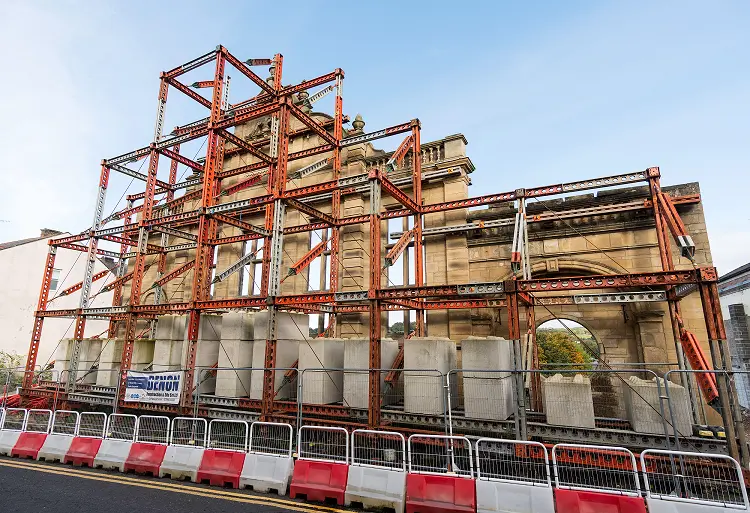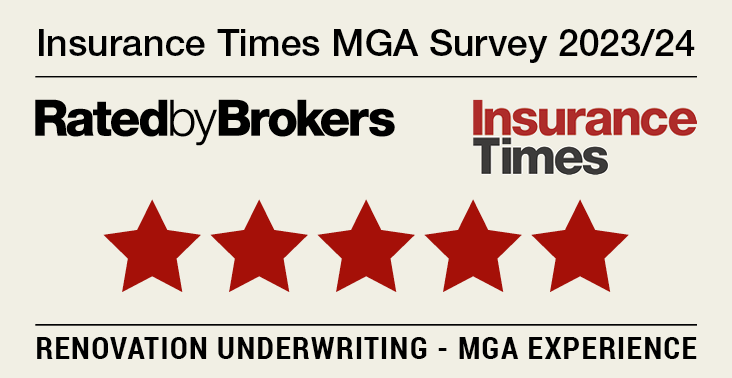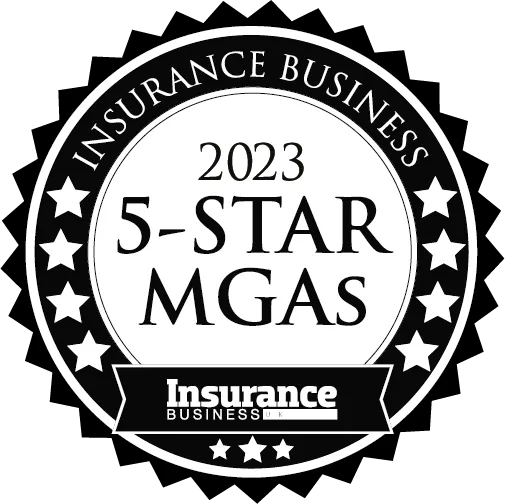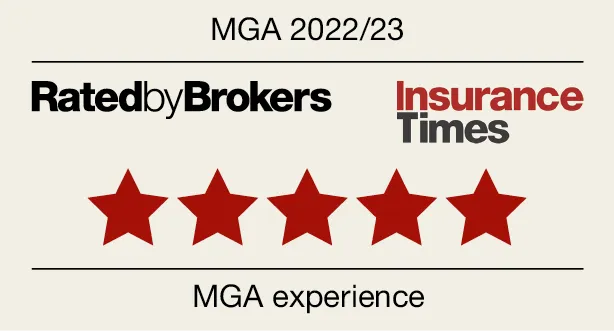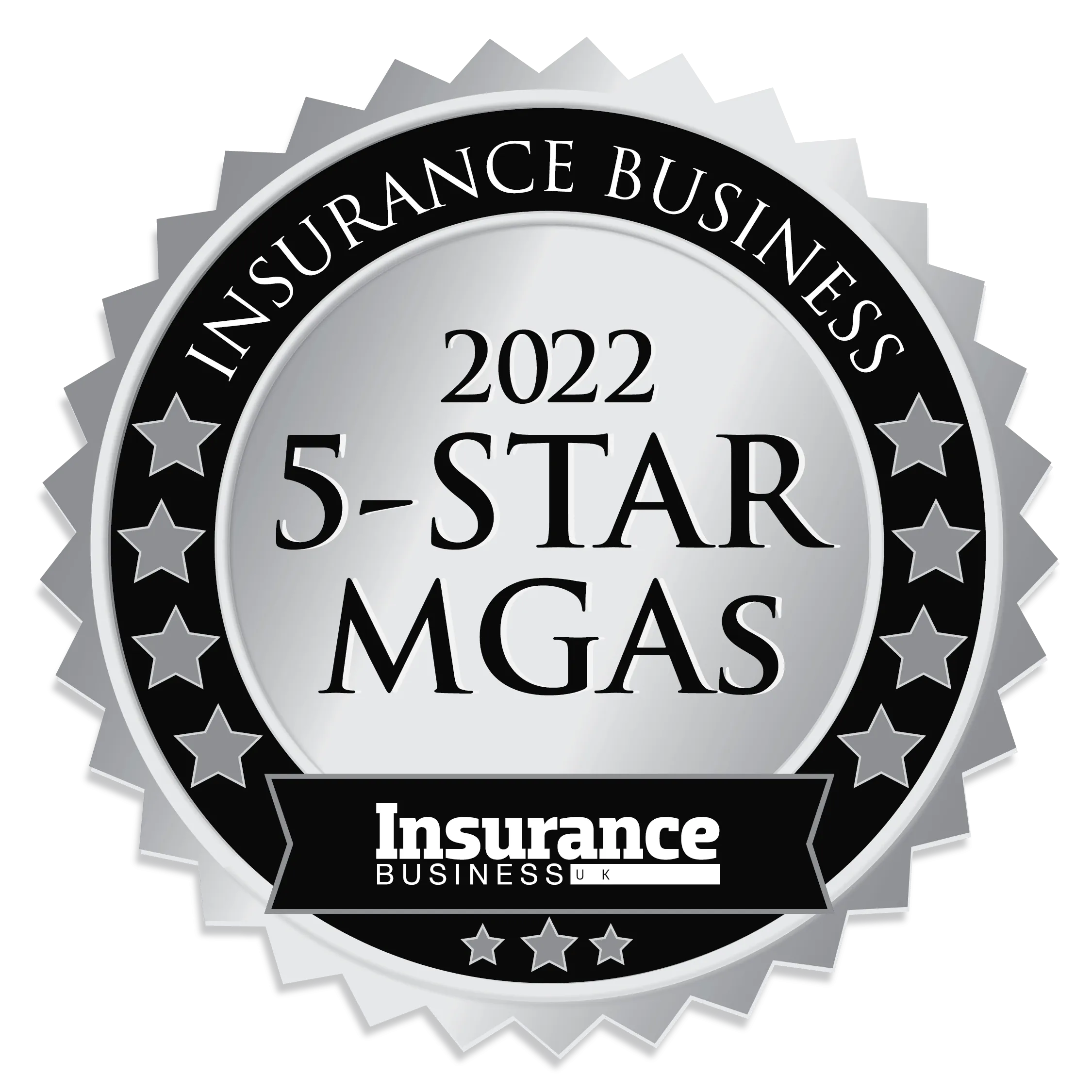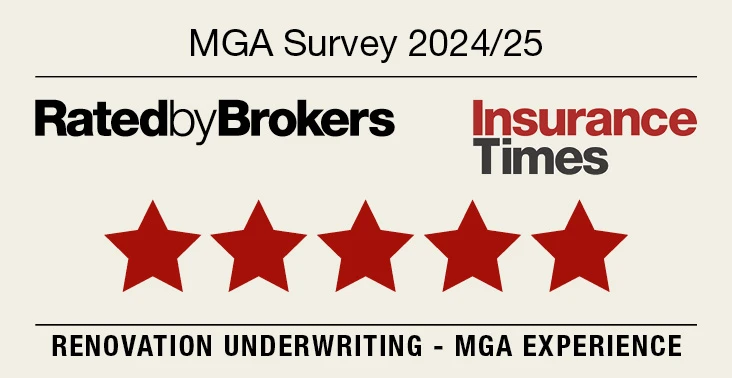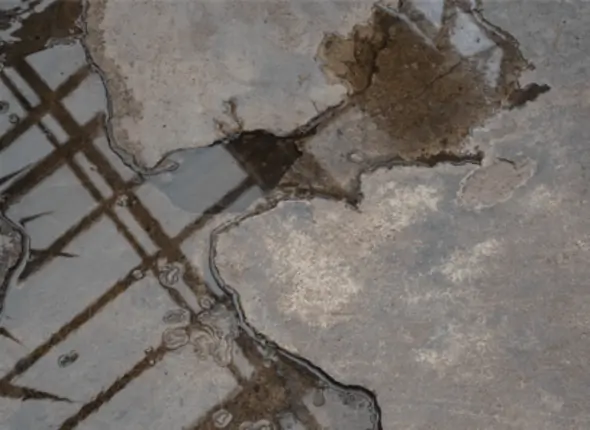
We recently published some guidance around the management of water risk on site. In this latest communication, we look at the production and operation of Water Management Plans (WMPs) more specifically.
The context here is a significantly hardened market, and a strong focus by insurers on the management of water risk on site. The requirements on renovators are more onerous now than they have been in the past so, to ensure a smooth claim experience, it is important that this area of the risk management programme is afforded at least as much attention as the management of fire risk.
For smaller risks (where combined sums insured do not exceed £1,000,000) we will generally rely on existing provision within our wording to ensure that management of water risk on site occurs. For example:
- A requirement to pressure test prior to full system flooding
- Requirements around the draining of water systems during periods of inactivity on site
We might also apply a larger excess for the Peril of Escape of Water.
On larger risks, and in respect of risks where we are aware that there is a significantly increased risk of water damage on site, we will require a Water Management Plan. We will also apply a significantly increased excess.
In cases where we deem the risk of water damage on site to be unacceptable, we may exclude certain water related Perils altogether (for example, Storm / Escape of Water). However, it is always our preference to seek to manage this risk by way of Water Management Plans and increased excesses. Peril exclusion will always be our last resort.
Design teams and contractors will be very familiar with the production and operation of fire risk management plans. When considering Water Management Plans, those involved should approach the production of these documents in exactly the same way. As is the case for fire risk management plans, we are not prescriptive in terms of what these plans should look like, and what they should contain. Instead, we need to be persuaded, through the production of documentary evidence, that water risk has been properly identified, assessed and managed on site.
Those involved in the production of such plans should consider two main areas:
- External risk
- Internal risk
EXTERNAL RISK:
This risk is primarily weather related, but it should also include consideration of the risk associated with external services including water mains pipework, and drainage systems. Plan designers should identify, assess and manage risk in areas including:
- Water ingress from Storm and Flood
- Groundwater flooding
- Adequacy of site drainage
- The condition and adequacy of guttering
- The use of temporary weatherproofing steps such as sheeting and boarding during the phase of works where the envelope of the structure is not fully weatherproof
INTERNAL RISK:
Here, we are primarily concerned with escapes of water from plumbing systems (including sprinkler systems where applicable) and from failures in pipework and sealing associated with white goods and bathroom fittings.
When producing a Water Management Plan, the following should be considered and dealt with:
The risk of weather related perils, particularly if the property is prone to Storm, Flood, or groundwater flooding:
Ask:
- Is temporary weatherproofing adequately specified?
- If groundwater flooding is a risk, could vulnerable parts of the property be protected by sand-bagging? Can materials and fittings be stored in parts of the property that won’t be affected? Would the use of sump-pumps effectively limit the impact of any ingress?
- Are existing drainage and guttering systems adequate and in good repair? What steps might be taken to improve the operation of these systems?
- Can works be programmed to limit risk? For example, undertaking roof works during the summer months rather than the winter months
- Can someone on site be tasked with monitoring and responding to weather forecasting?
We acknowledge that there may not be a great deal to be done in relation to weather related risk, and particularly groundwater flooding, but ignoring this risk entirely is no longer an option.
The risk of escapes of water from within the envelope of the property:
Ask:
- Can the project proceed with a temporary water supply isolated to just a small part of the property?
- Have leak monitoring and suppression systems been specified as part of the project?
- Can pressure testing take place before the introduction of fixtures, fittings and finishes?
- Can sensitive mechanical and electrical systems be designed and sited in such a way as to limit risk?
- Can plumbing systems be designed to limit the use of jointing?
- Can water storage tanks be located in such a way which limits the impact of a failure or breach?
Much of this management activity is best done at the design stage of the project. The earlier the risk of water damage is considered, the better.
Site Management:
Ask:
- Has an individual with sufficient experience and authority been appointed to be responsible for overseeing water risk management?
- Do site induction procedures include elements dealing with water risk, for example the location of shut-off valves?
- Is the Water Management Plan regularly reviewed and updated?
- Have the project professionals ensured that good quality materials have been specified, and competent contractors have been appointed?
- Has a programme of routine site inspection been specified?
- Has a system of monitoring been implemented to ensure that the provisions of the WMP are being adhered to?
The project team need to ask themselves these questions, respond with risk mitigation strategies that address any vulnerabilities identified, document these findings and strategies in a Water Management Plan, and finally, ensure that the plan is rolled out, treated as a working document, and adhered to. Clients can then rest easy, knowing not only that there are unlikely to be any problems at claim time, but that the risk of a catastrophic and costly incident is significantly reduced. A little pain during the planning and design phase can save a huge amount of pain resulting from a water damage incident further down the line.
Finally, a word around how we as underwriters will approach water management. For applicable projects we will:
- Apply a Water Management Plan requirement by endorsement
- Where the plan is not available on project start date, we can, subject to formal agreement, agree to its production within 21 days of inception, or indeed to bespoke timescales agreed by us as dictated by the realities of the project
- Where no formal agreement to differing timescales is requested or granted, we will double the excess stated within the policy after 21 days of inception
- If an acceptable plan is still not produced within 42 days of inception, we reserve the right to completely exclude the relevant Perils
Our Underwriting team is always available to provide expertise and to assist with queries relating to water management. Please don’t hesitate to contact the team if you need to – just email team@renovationunderwriting.com or call 0333 358 0006.
Not yet read our guidance on the management of water risk on site? Access here.






